The difference between long sightedness and short sightedness. If you've ever assumed long-sightedness is the ability to see far away but not up close. Whilst short-sightedness is the opposite, you wouldn't be the only one. However, the difference between long and short-sightedness is not as straightforward as one experience being the.. Short sightedness is the exact opposite of long sightedness and means your near-vision (ability to see things up close) is clear, while your long-vision (ability to see things in the distance) is blurry. Affecting approximately 15% of people in Australia, short-sightedness develops in early childhood and can cause vision to change through the.

Medical Detectives Focus On Myopia NPR

Difference in Myopia and Hyperopia Nearsighted and FarSighted Lens Class 10 Letstute

Myopia (nearsightedness) Eye Health Central

SCIENCE (FORM 2)

Difference Between Long Sighted and Short Sighted YouTube
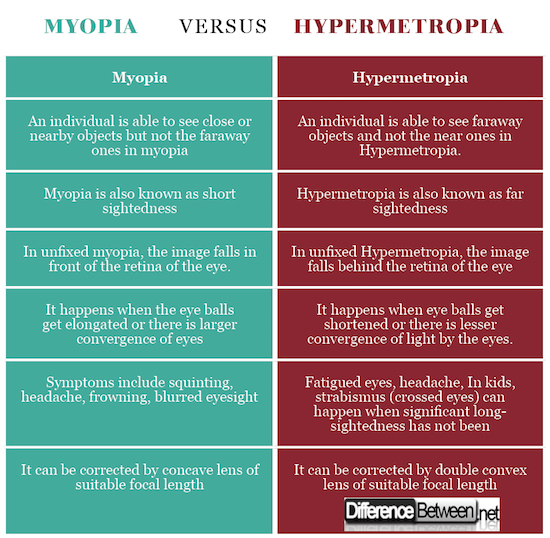
Difference Between Myopia and Hypermetropia Difference Between
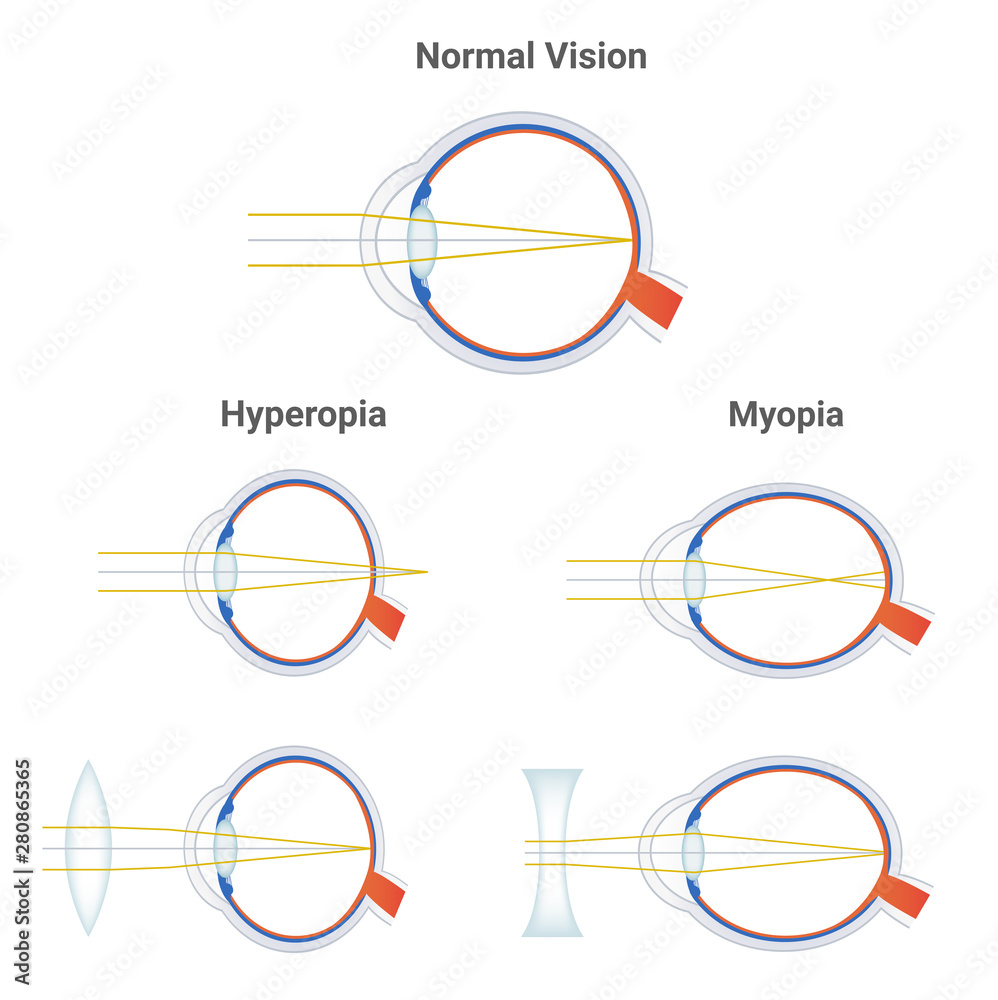
Myopia, hyperopia and normal vision. Common vision disorders. Short sightedness, far sightedness
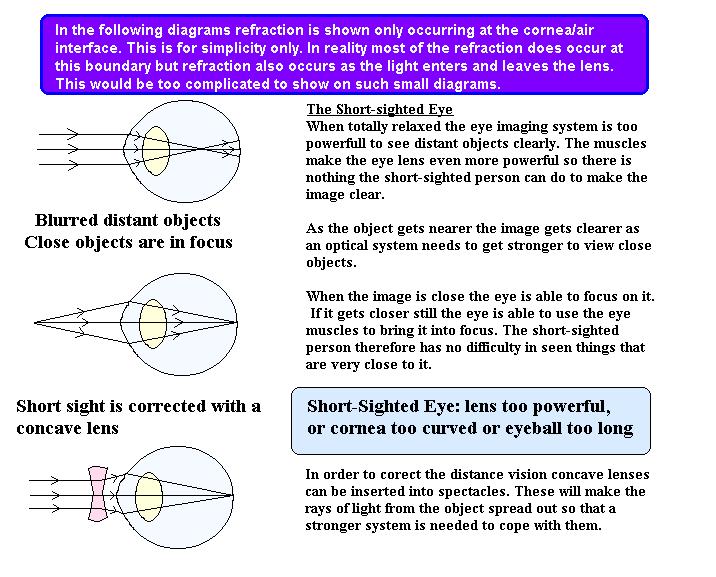
Cyberphysics The human eye, sight defects and their correction
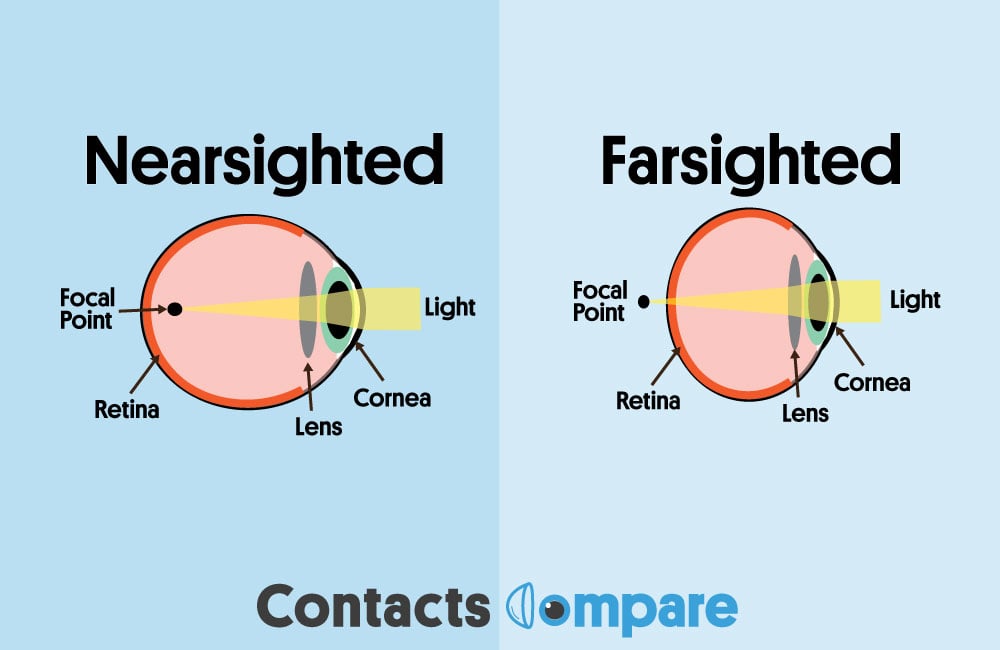
how do contact lenses work for farsightedness Marianna Byrne
What's The Difference Between Short Sighted vs Long Sighted? EyeMountain
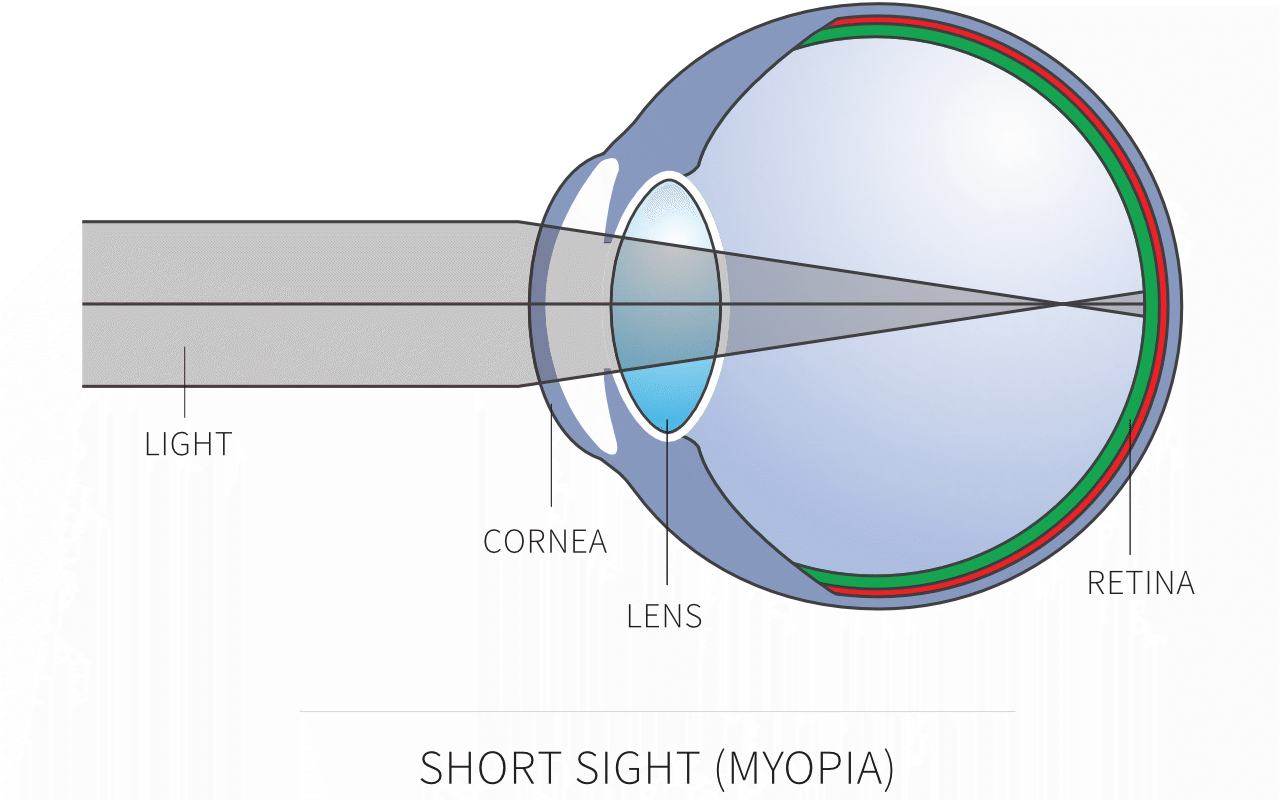
how do glasses work for long sightedness Jefferey Lear

how do glasses work for long sightedness Jefferey Lear

The difference between long sightedness and short sightedness Eye Laser Specialists
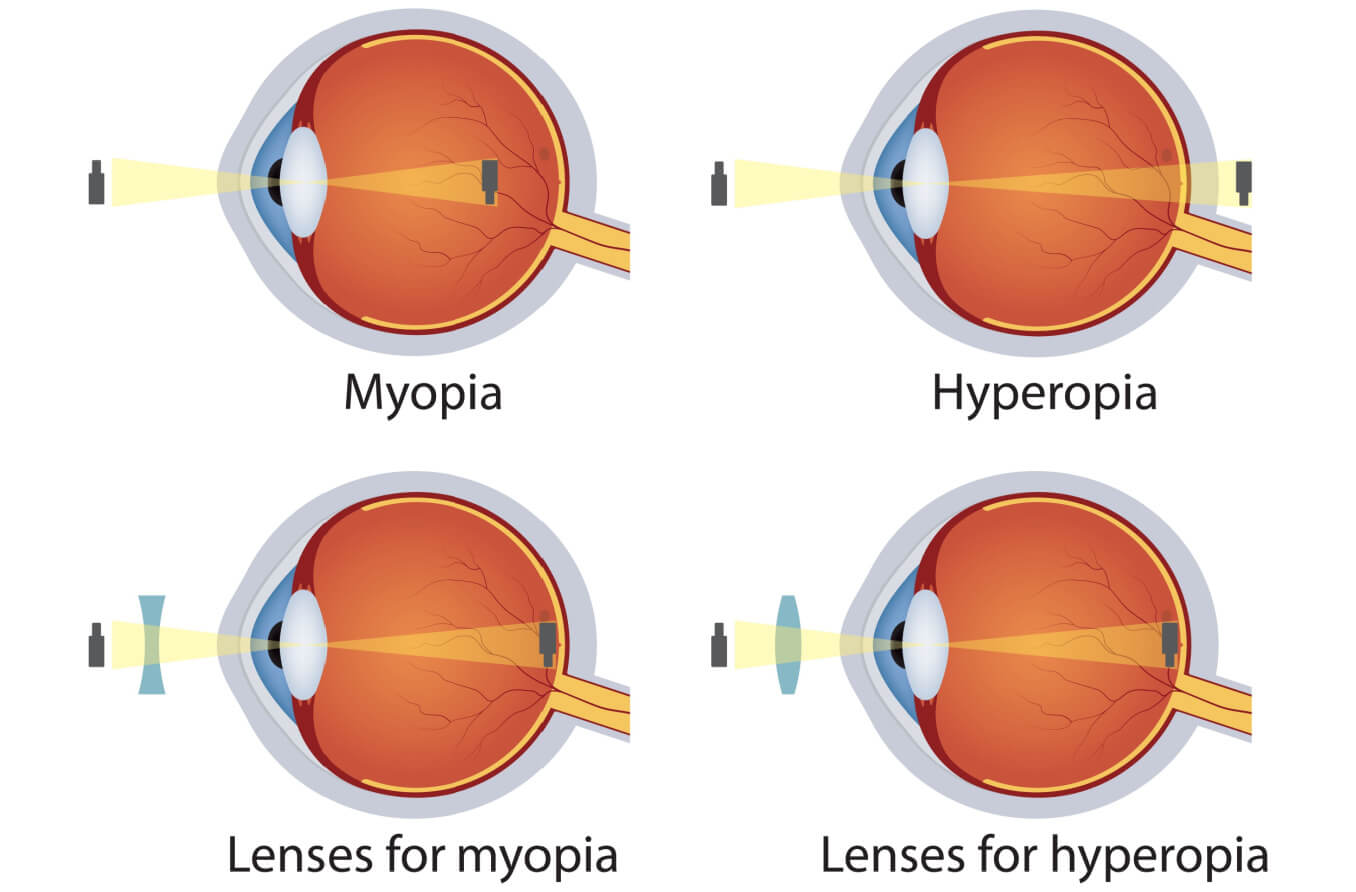
What’s the Difference Between Myopia and Hyperopia?

5.2 Vision Correction Douglas College Physics 1207
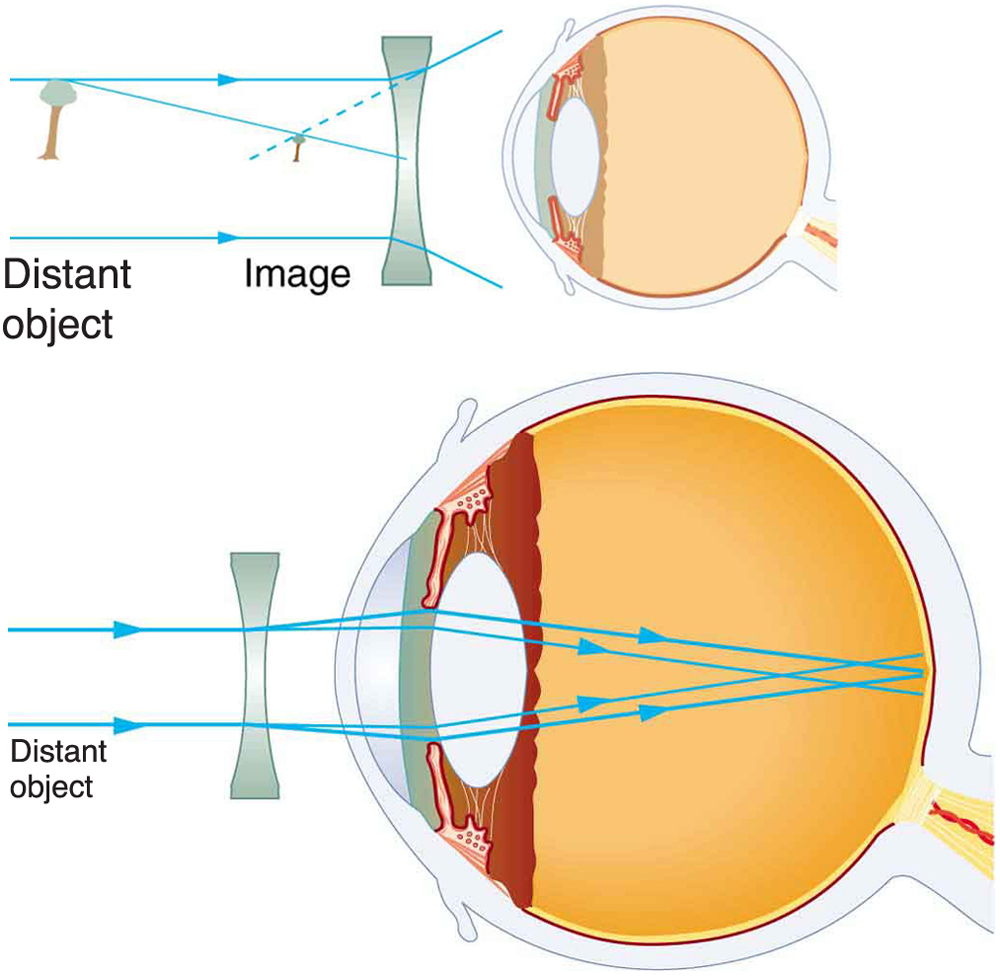
Vision Correction · Physics

Difference between longsightedness (hyperopia) and shortsightedness (myopia)

The world through our sense
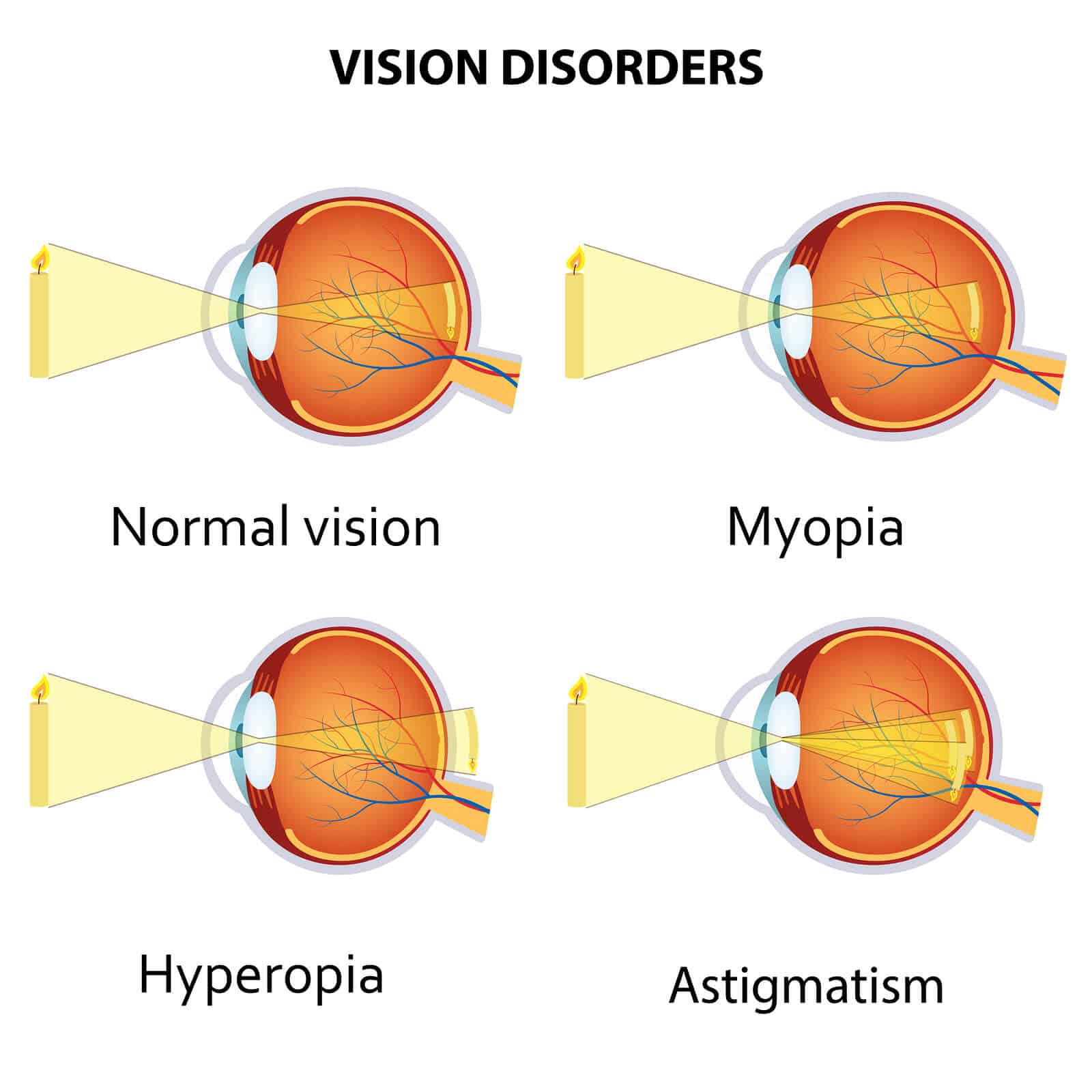
Distorted or blurred image آستیگماتیسم Astigmatism
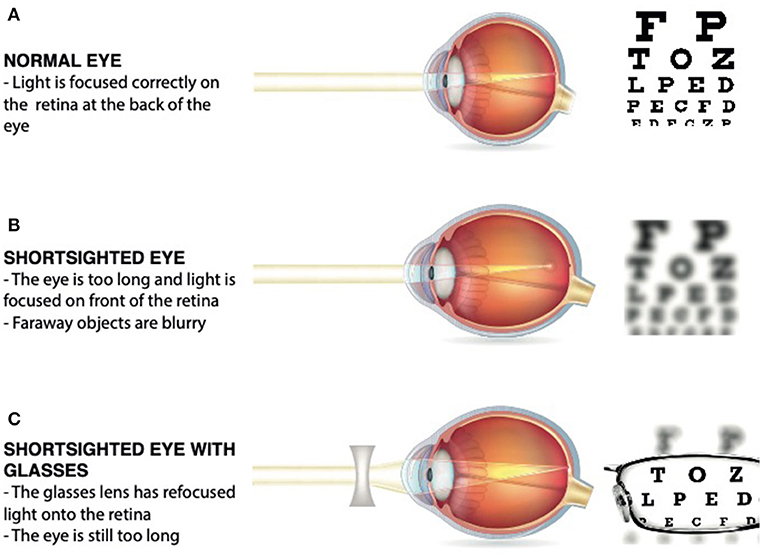
how do glasses work for long sightedness Jefferey Lear
The clearest difference between long and short sightedness is the axial length. From an anatomical perspective, a long sighted (hyperopic) eyeball's axial length is too short for its refractive power, resulting in light focusing behind the retina. In a short sighted (myopic) eyeball, the axial length is too long for its refractive power.. Nearsightedness is a common vision condition in which close objects look clear but far objects look blurry. The medical term for nearsightedness is myopia. Myopia happens when the shape of the eye — or the shape of certain parts of the eye — causes light rays to bend or refract. Light rays that should be focused on nerve tissues at the back.